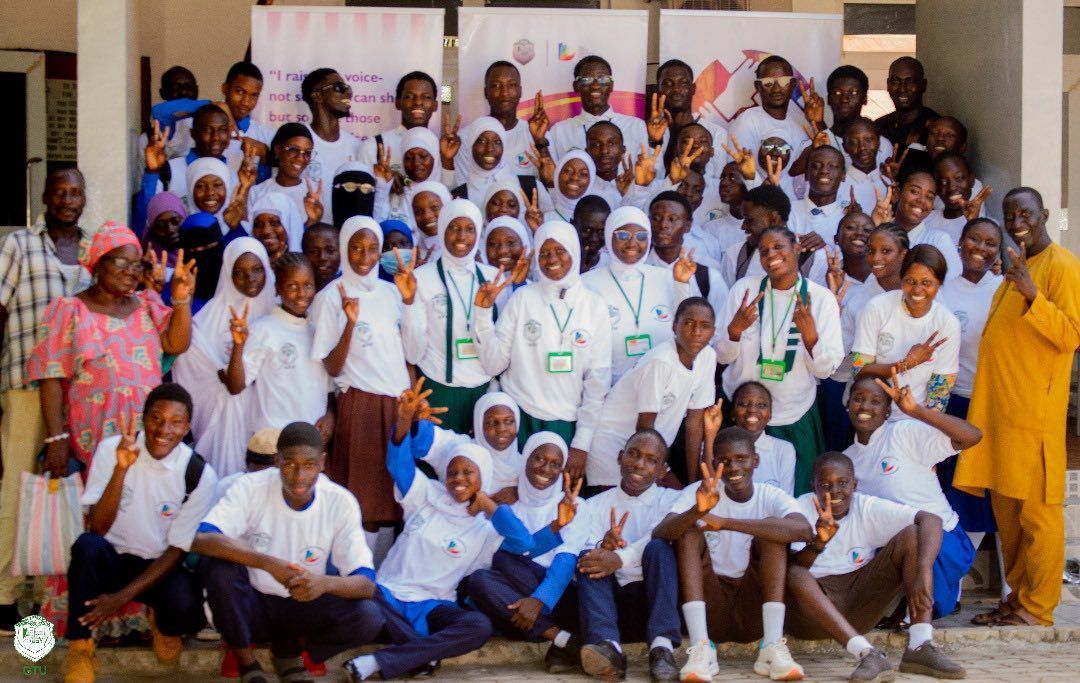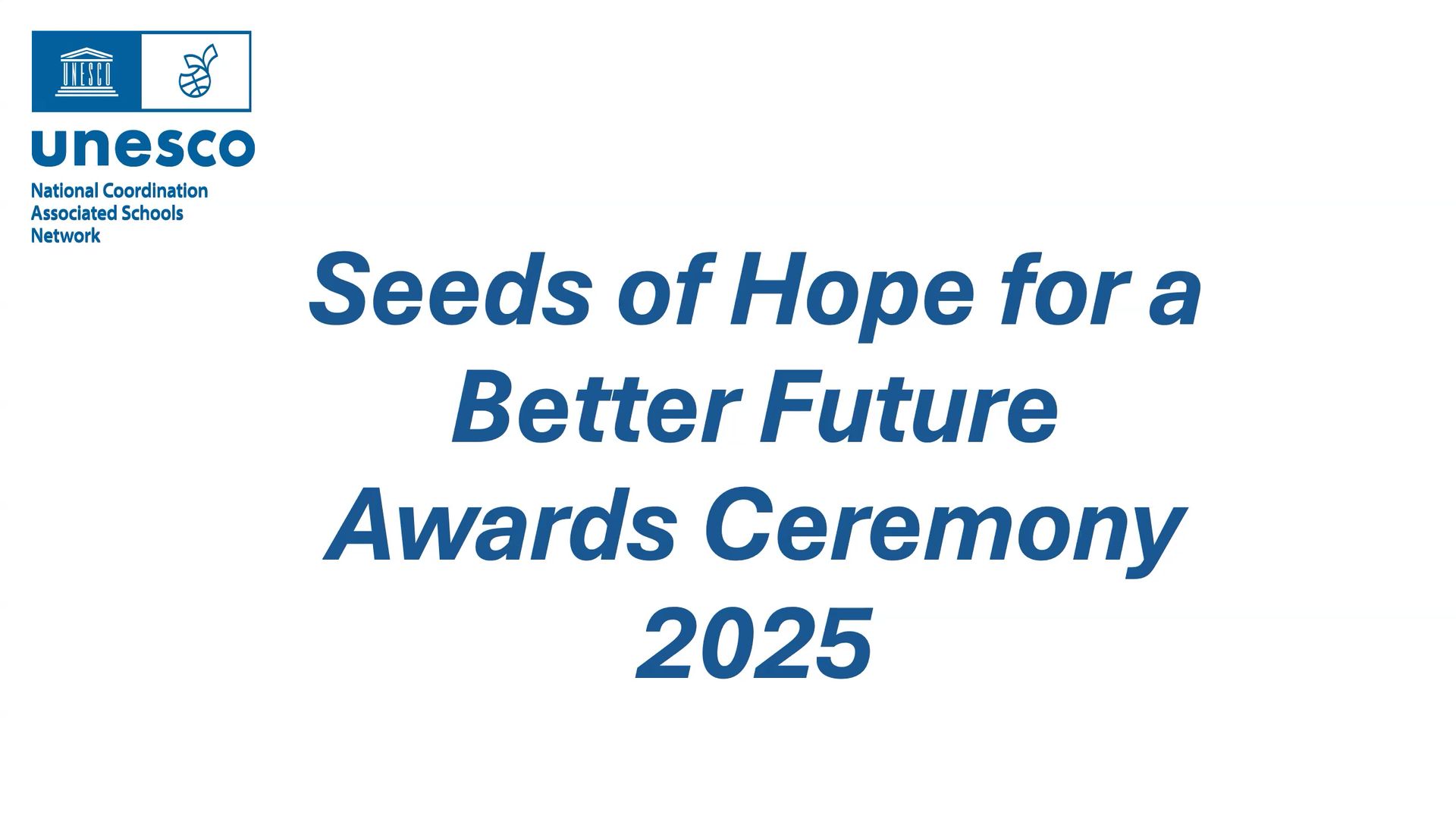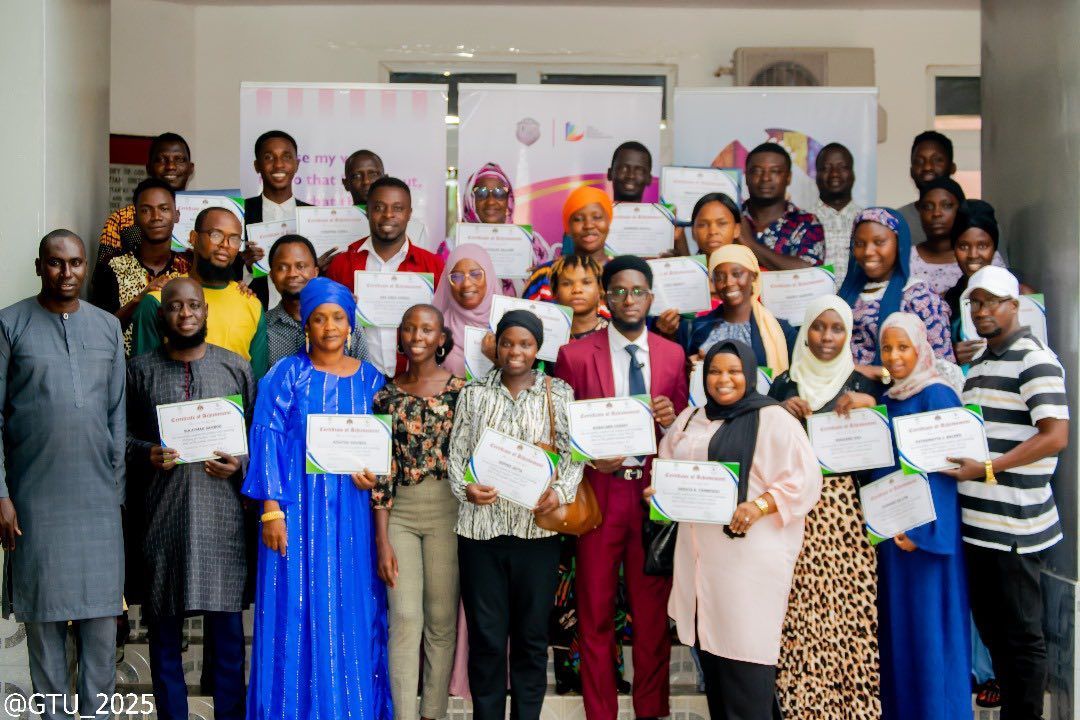Creativity, Representation and Human Rights
Nicolet Nguyen is our newest team member working on Marketing and Communications for the Foundation.

Over the last month or so, I have been honoured to work with the Steve Sinnott Foundation managing their communications and marketing. This has provided me with the opportunity to create social media posts and new ways of engagement for the team themselves and also ways they can communicate with their supporters. Coming from a Film and TV production background I’ve managed to adapt the skills and knowledge I’ve learned through my experiences to this team. I have been able to create ways for young people to interact and I have come up with new ideas on how to create posts that invite supporters to take a more active role.
This experience has, thus far, taught me a range of new skills, including how to make content that is accessible and easily understood to create a clearer, more open form of communication. To further develop my expertise, I spend a significant amount of time on social media to learn how to actualize my posts and to build a growing audience. I have noticed that most people try to be sophisticated which often leaves their supporters behind, or people may overlook the content creator altogether as they can’t find a way to connect. I tried changing this by adding modern text quotes from movies and anime, which I think helps younger people engage a little more and helps people relate to the content. My main approach is “show not tell” as much as I can, meaning that I focus on the visuals more and less on the text on the image of the post itself. Any feedback on the posts is always much appreciated as I’m still new and learning as I go along!
The most recent launch of Creating Change - The World I want to Live in Competition is based on understanding and appreciating Human Rights. I think Human Rights and creativity are both crucial and important. At the end of the day, there is only one race and that is the Human Race. I believe that the arts and creativity play an essential role in our society today to aid and provide key information to be spread. It can be and should be one of the biggest tools for education, letting children use their imagination and creativity to release their true feelings into the world, so that they can tell their side of the story.
With that being said, I’m always passionate about giving young people a voice and letting them be heard and seen. I’m currently working for my 3rd year with Sing A Book CIC who produce musical theatre for children aged 6 - 18 and the over 55’s from African, Caribbean and Asian backgrounds, who have been underrepresented in the theatre. These productions made me realise how the arts and creativity, in general, are important to inspire and help underrepresented groups and help engage them in new skills they will have for life.
Link to Nico Creates, and What I Do.
First published in Engage 24.




